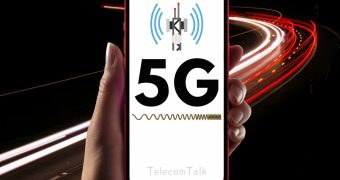
Nokia has maintained its lead in India’s optical network market for four continuous quarters starting from Q4 2020 to Q3 2021. Omdia, a leading independent global research firm, reported the data. Nokia says that its extensive range of optical products are designed to address the problems faced by the Indian enterprises and service providers. This company believes that this is the key reason why it has been able to keep its lead in the Indian market.
Nokia First Vendor to Introduce Optical Line Systems Over C and L Bands
It is worth noting that Nokia was the first vendor to bring optical line systems over C and L bands of the optical fiber spectrum, which has double capacity over the optical lines which only operate in C bands. To add to this, Nokia’s optical transport system also supports a wide range of restoration and protection capabilities.
Nokia’s optical solutions are implemented in both national long-distance as well as metro networks which ensure that the quickest network restoration can take place even during the scenarios of multiple fiber cuts. It helps Indian service providers in addressing the problem of multiple fiber cutes all at the same time.
As the data consumption grows further, Indian network service providers are looking for solutions, and ways to increase network capacity. Nokia’s 5th generation Photonic Service Engines (PSE-V) supports the transport of 400G wavelengths over most routes in addition up to 600G over the metro and regional spans which help with enhancing the network capacity. But at the same time, Nokia’s solutions ensure that the lowest cost per bit has to be paid by the service providers.
Jatinder Pal Singh, Head of IP and Optical Networks India RBC, Nokia, said the company is thrilled to be ranked the number one optical network player in India for more than two years now.
Singh said that Nokia is looking forward to introducing new products and services for the Indian service providers in the near future.















